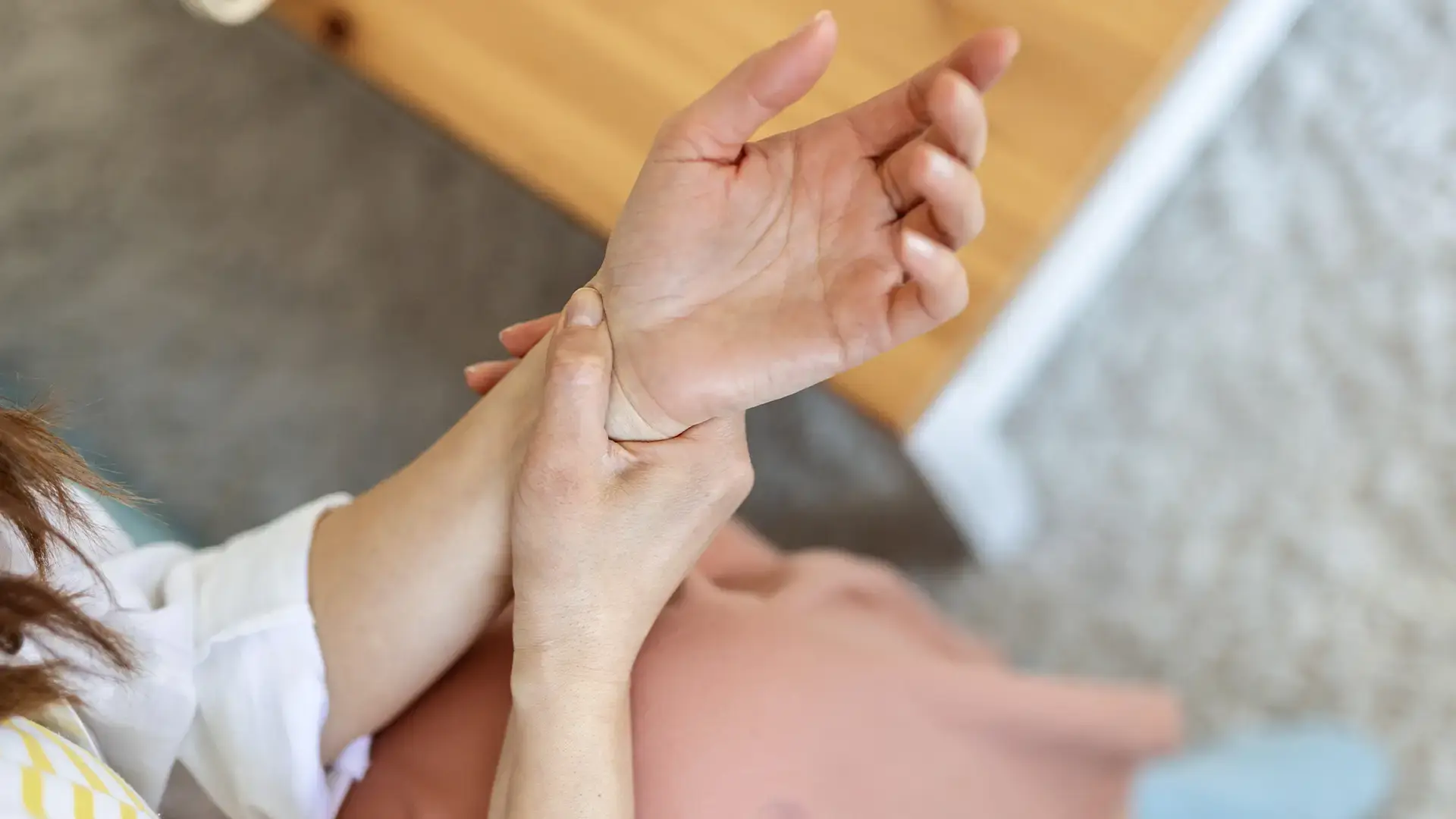Non-Surgical Pain Relief for Osteoarthritis: The Key to Moving Freely and Comfortably Again

Living with osteoarthritis—a reality for over 33 million adults—can make everyday tasks unexpectedly difficult. Simple movements—climbing stairs, getting up from a chair, or walking short distances—often become sources of discomfort or pain. Many individuals also experience stiffness after periods of rest, swelling around affected joints, or fatigue from the physical effort it takes to stay active.
While there is no cure, effective ways to manage symptoms and maintain an active lifestyle exist. A range of personalized, non-surgical treatments—such as physical therapy, activity modifications, image-guided injections, and regenerative therapies—can help reduce pain, preserve joint function, and support long-term mobility.
Understanding Osteoarthritis And Why It Slows You Down
Osteoarthritis is a degenerative joint condition characterized by the gradual breakdown of cartilage—the smooth tissue that cushions the ends of bones where they meet to form joints. As cartilage wears away, bones can begin to rub against each other, leading to pain, stiffness, inflammation, and loss of joint flexibility.
This process most commonly develops over time due to joint aging and cumulative wear and tear. However, it can also be triggered or accelerated by previous injuries, repetitive stress from certain occupations or sports, joint misalignment, obesity, or a family history of arthritis. Although osteoarthritis can affect people of any age, it is more prevalent with age and is more commonly diagnosed in women than in men.
Symptoms of Osteoarthritis Hindering Active Lifestyles
With any condition, recognizing the early signs is key to preventing long-term damage and loss of function. When osteoarthritis is left unaddressed, it can gradually interfere with daily routines, turning once-simple activities into painful challenges.
Therefore, some of the most common signs of osteoarthritis to watch for include:
- Persistent joint pain during or after activity
- Morning stiffness
- Swelling or tenderness around the joints
- Decreased range of motion or joint flexibility
- A sensation of joint instability or “giving way”
- Audible popping, cracking, or grinding (crepitus) during movement
- Joint changes that cause visible deformity or misalignment
If these symptoms affect daily life, seeking a professional evaluation is important. Early intervention can help manage pain, preserve joint function, and support long-term mobility.
Non-Surgical Treatment Options To Help You Move Again
Many individuals with osteoarthritis find meaningful relief and improved function through non-surgical therapies. These options are often designed to reduce inflammation, support stability, and promote tissue healing, without the risks or recovery time associated with surgery.
Regenerative Injections
Regenerative injections offer a cutting-edge, non-surgical solution for managing spinal and joint osteoarthritis. One solution, Platelet-Rich Plasma (PRP) therapy, uses a concentrated dose of the patient’s own blood platelets—rich in growth factors—to stimulate cartilage repair and reduce inflammation within affected joints..
Bone Marrow Aspirate Concentrate (BMAC), often combined with PRP, introduces stem cells from the patient’s bone marrow to further support tissue regeneration and healing. This approach particularly benefits those with moderate to severe osteoarthritis, promoting healing in areas where conventional therapies may fall short.
Steroid Injections
Steroid injections provide targeted, image-guided relief by delivering anti-inflammatory medication directly into the affected joint area. In the context of osteoarthritis, these injections can significantly reduce pain and swelling in the joints such as the knees, hips, or shoulders.
While steroid injections aren’t a long-term cure, they do offer a valuable short-term strategy to manage pain and inflammation and allow patients to regain function and pursue physical therapy or exercise more effectively.
Hyaluronic Acid Treatments
Hyaluronic acid injections, also referred to as viscosupplementation injections, are used specifically for knee osteoarthritis to improve joint lubrication and shock absorption. By restoring lubrication within the joint, hyaluronic acid can help reduce pain, enhance mobility, and support smoother joint function—especially in patients who have not responded to oral medications or other conservative measures.
Desert Spine and Sports Physicians’ Approach
The board-certified physiatrists at Desert Spine and Sports Physicians takes a patient-centered, evidence-based approach to musculoskeletal care, with a focus on non-surgical solutions that prioritize long-term function and quality of life.
By emphasizing non-surgical treatment methods—including regenerative therapies like PRP and BMAC, image-guided injections, and customized physical therapy planning—Desert Spine and Sports Physicians helps patients manage pain, restore movement, and avoid invasive procedures whenever possible.
Take the First Step Toward An Active Lifestyle Today
Living with osteoarthritis doesn’t have to mean giving up the activities you enjoy or resigning yourself to chronic pain. Non-surgical treatments offer promising options for reducing inflammation, promoting healing, and improving joint function, without the need for surgery.
If osteoarthritis is beginning to limit your mobility or interfere with your daily routine, now is the time to explore what’s possible. Schedule a consultation with Desert Spine and Sports Physicians to learn which treatment options may be right for you and take the first step toward restoring control over your health and quality of life.





